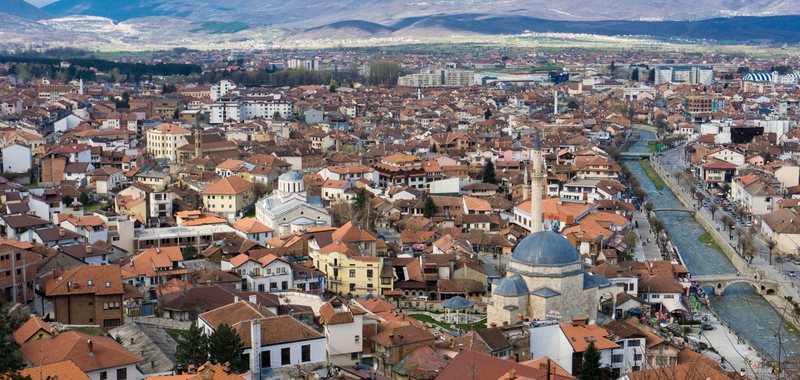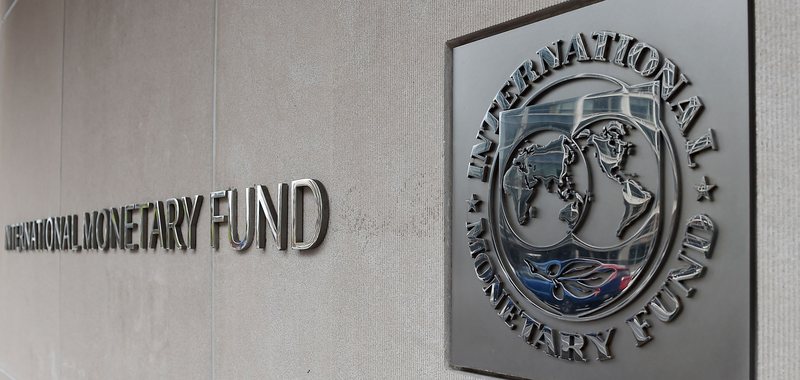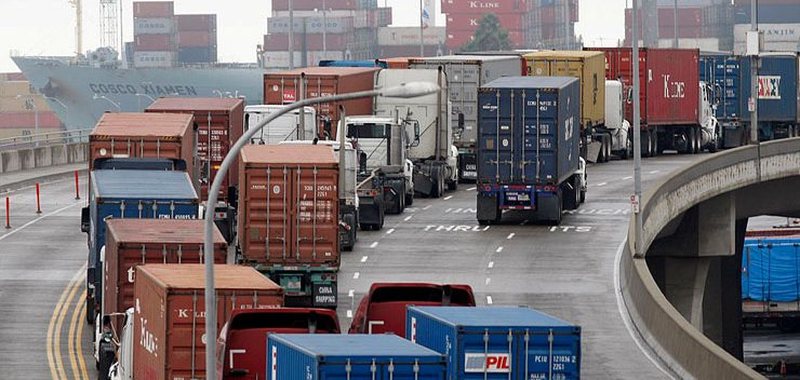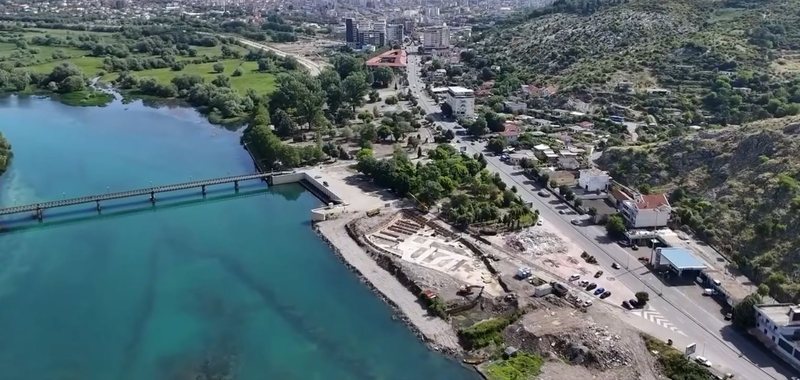Europe prepares for an "extreme" summer - According to forecasts, frequent heat waves and lack of precipitation are expected

Long-term forecasts for summer 2025 show drier and hotter than normal conditions across much of Europe. Frequent heat waves, lack of precipitation and extreme temperatures are expected during July and August.
According to the latest forecasts published on the meteorological portal Severe Weather Europe, Europe is entering the summer of 2025 with significant changes in atmospheric patterns. The data points us towards a drier, warmer and potentially more extreme summer, especially in the second half of the season.
Although long-term forecasts are not entirely reliable, the consensus of several global models gives a relatively clear picture: above-average temperatures, a lack of precipitation, and an increased risk of heat waves are expected.
In the last week of May, according to the European Centre for Medium-Range Weather Forecasts, a pronounced area of low pressure is expected to penetrate most of Europe. This change could bring unstable weather, colder temperatures and heavier rainfall, especially in the central and northern parts of the continent.
The start of summer could be relatively stable, with milder temperatures in central and northeastern parts of Europe. While long-term forecasts for July and August show a clear trend of rising temperatures and decreasing precipitation across the continent. One of the world's most reliable meteorological models predicts temperatures significantly above average across central, western and southern Europe. Long periods of drought under the influence of a persistent high pressure are also expected, as are heat waves, which could be stronger and more frequent than in previous years.
The high pressure, known as a “blocking anticyclone,” will act as a shield that pushes cyclones northward, leaving much of the continent under the influence of dry, warm air. These conditions favor the development of drought, reduce river flows, and pose a risk to agriculture and the health of the population.

IMF predicts 4% growth for Kosovo - Inflation expected to be 2.25% in 2025
The Executive Board of the International Monetary Fund (IMF) completed the fourth and final review of the Stand-By Arrangements and the Sustainability Award......

“EU budget needs fundamental overhaul” - According to the IMF, a unified market is needed to cope with shocks
The European Union needs to spend more on public goods to boost productivity and growth, according to the International Monetary Fund. The IMF noted that......

Tourism increases imports of excise goods, but not cigarettes - How much fuel and alcoholic beverages were consumed in 4 months?
The import and consumption of excise goods has increased significantly in the first 4 months of the year. According to official data from the Ministry of......

Regional agreements, hostage to legal procedures - Haçkaj: Their ratification and implementation is very complex
At a meeting organized by the Institute for Cooperation and Development and GIZ, where the CEFTA agreements aimed at the free movement of people within the......

Savings inequality, who has the money? Around 5% of Albanians are 18 times richer than the rest
At the end of 2024, the value of insurable deposits benefiting from the deposit insurance scheme reached 1.59 trillion lek, representing 94.5% of total......

Musk "turns off the tap" on political funding - Trump's biggest donor warns of spending cuts
Billionaire Elon Musk announced that he will significantly reduce his political spending, focusing more on the businesses he owns. He has been one of Trump's......

US Defense, Trump Introduces "Golden Dome" - The USD 175 Billion Shield Will Block Foreign Threats
White House President Donald Trump has announced a $175 billion space defense project, dubbed “Golden Dome.” The system aims to protect the United States......

Investments at the entrance to Shkodra - Rama: The Navigation Museum, a unique space dedicated to heritage and history
Following the signing of the contract, work has begun on the construction of the Navigation Museum at the entrance to Shkodra. In a post on social media,......





















